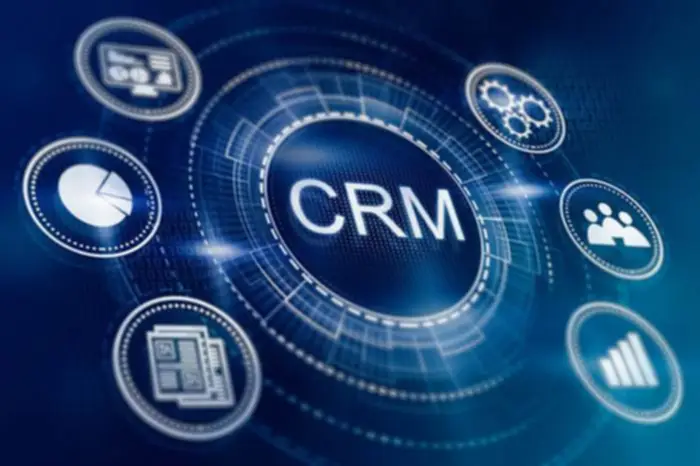Docker Compose is a device to simplify the administration of complex, multi-container applications in both improvement and manufacturing environments. Utilizing a YAML file to outline companies, networks, and volumes streamlines the complexities of orchestrating a quantity of containers. In distinction to the normal monolithic method of a large, tightly coupled utility, microservices present a cloud-native architectural framework. This framework composes a single application from many smaller, loosely coupled and independently deployable smaller elements or companies. Each service could be containerized utilizing Docker, simplifying deployment and permitting teams to roll out new versions and scale purposes as wanted.
Many developers prefer it for managing the complexities and challenges of Docker orchestration at scale. Generally speaking, microservices architecture is known for its flexibility, scalability, and capacity for impartial deployment and administration of every service. The Docker daemon runs on the host operating system and manages Docker containers. It handles duties such as constructing, running, and distributing containers. Once you problem commands through how to use ai for ux design the Docker CLI, they communicate with the Docker daemon, enabling it to build, manage, and run Docker containers. Docker runs functions inside these containers and ensures compatibility and consistency across numerous computing environments, from a developer’s laptop to a high-scale information heart.
- Docker presents light-weight containers with the docker run command, making it ideal for creating constant environments and facilitating rapid deployment.
- In brief, Kubernetes is made to handle and optimize the complete workflow of containers with one another, and this makes it very different from Docker.
- Any information in a quantity will stay intact after its linked container stops, letting you connect one other container sooner or later.
- Orchestrators make the most of the identical container runtime applied sciences to offer an setting that’s a greater match for manufacturing.
Platform

A Docker client is a tool that enables customers to interact with the Docker daemon on their system. The consumer features a set of Docker CLI commands that allow the creation and management of containers. Docker is an open-source containerization platform for creating, deploying, and managing container functions. The project began as a Platform as a Service answer known as DotCloud. Nevertheless, many builders showed great curiosity in the underlying know-how, software program containers, which quickly grew to become the platform’s focus. The adoption of microservices structure is a prevailing pattern that enables organizations to build docker software and deploy purposes as a collection of loosely coupled services.
Streamlined Development Process
Now that you have arrange Docker Desktop, developed with containers, and builtand pushed your first picture, you’re able to take the next step and divedeep into what a container is and the method it works. You are deploying to Kubernetes because you want resilience, portability, and flexibility. You’ll deploy it throughout a number of regions in the cloud for low latency and high availability. Let’s walk via what that lifecycle looks like earlier than and after adopting Docker Compose + Compose Bridge.
Lastly, a standard downside new corporations face with Docker is when they attempt to use it without understanding tips on how to design and orchestrate improvement structure first. Docker isn’t meant to be a one-size-fits-all platform and some packages are simply better off with out it. The purpose why Docker is a well-liked PaaS is due to the concept of containers, the place they use fewer assets than VMs. This allows you to drop right into a shell by running docker exec -it my-container sh.
Improve your developer experience, catalog all companies, and improve software well being. Every side of a container runsin a separate namespace and its access is limited to that namespace. Docker Hub is a publicregistry that anybody can use, and Docker seems for images onDocker Hub by default.

Each of these Containers shares the services of 1 or the opposite underlying Working System. A Docker image successfully isolates the software program from its setting, thus guaranteeing uniform operation/execution of a number of containers regardless of variations between improvement or deployment. This is achieved because Docker leverages resource isolation in the working system’s kernel to execute a number of containers inside the identical OS.
Developers can create Containers domestically and confidently deploy them on servers, cloud platforms, or other Docker-enabled systems, figuring out they may run persistently with out modification. The Docker Daemon (‘dockerd’) communicates with different daemons to help handle a number of Docker companies. Its primary position is to hearken to the Docker API requests and then execute the objects. Apart from listening to Docker API, additionally it is answerable for building, operating and distributing a quantity of Docker Containers.

Docker ought to pull this tutorial image from the Docker Hub, an online repository of many helpful container images. You can use many of these images as a base to put in your apps into. You can take these three Docker containers and run them all on the identical machine. If you should change servers, it’s as easy as migrating these containers to a brand new server. If you should https://www.globalcloudteam.com/ scale, you can transfer one of those containers to a new server, or deploy it throughout a cluster of servers.
Docker Security
A container is a running occasion of an image, and it encapsulates the application in an isolated environment. Docker containers are designed to be quick, light-weight, and moveable, making them a perfect alternative for modern growth workflows. Whether you’re running them on your native machine, in a check environment, or on a manufacturing server, a Docker container ensures that the applying behaves constantly everywhere. Using Docker in Linux techniques has confirmed to streamline growth environments and facilitate advanced CI/CD pipelines. It successfully bridges the hole between developers and operations groups, automates difficult processes, and ensures consistency across various platforms. This device significantly eases the management of interconnected containers.
It Is now more frequent to use an orchestration platform similar to Kubernetes or Docker Swarm mode. These tools are designed to handle a quantity of container replicas, which improves scalability and reliability. Docker mechanically collects output emitted to a container’s standard enter and output streams.
